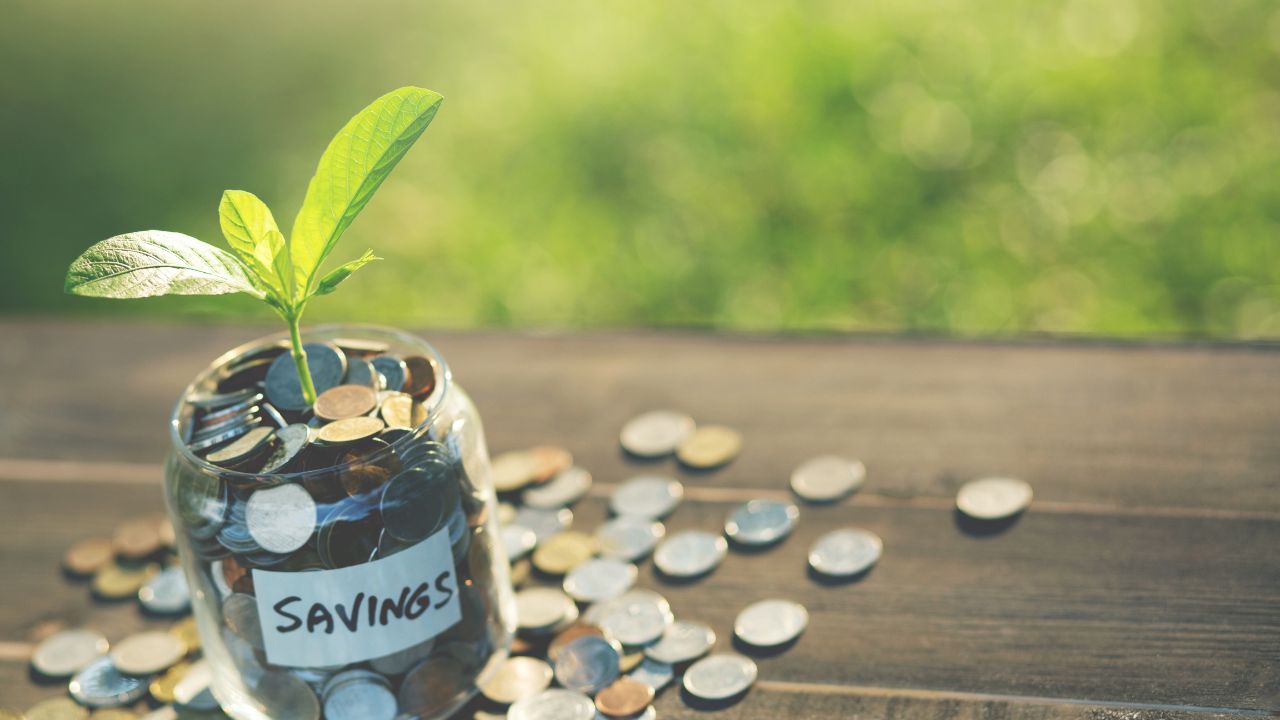When people hear the phrase “save money,” they often imagine giving up pleasures, cutting out treats, or living a bare-bones lifestyle. But the truth is, saving doesn’t have to mean sacrificing comfort. In fact, with a few smart strategies, you can reduce everyday expenses without feeling deprived.
In 2025, rising living costs have made budgeting more important than ever. Groceries, utilities, subscriptions, and transport costs quietly chip away at income each month. The secret lies in small, consistent adjustments that trim expenses while still letting you enjoy life.
Step 1: Review and Track Current Spending
Before making changes, you need clarity.
- Review bank statements from the last 2–3 months.
- Group spending into categories: housing, food, utilities, subscriptions, transport, leisure.
- Identify “silent drains” like unused memberships or impulse purchases.
Tip: Use budgeting apps like Mint, YNAB, or Walnut to track spending automatically.
Step 2: Smart Grocery Shopping
Food is one of the biggest monthly expenses, but it’s also one of the easiest to optimise.
Practical Tips:
- Plan meals ahead: Create weekly menus and buy only what’s needed.
- Shop seasonal and local: Seasonal produce is fresher and cheaper.
- Buy in bulk: Staples like rice, lentils, and pasta cost less when purchased in larger quantities.
- Limit waste: Store food properly to avoid spoilage.
- Cook at home: Eating out occasionally is fine, but daily takeaways quickly add up.
Example: Cooking three extra meals at home each week could save ₹2,000–₹3,000 monthly.
Step 3: Reduce Utility Bills Without Reducing Comfort
Utilities are essential, but smart habits can reduce costs.
- Electricity: Switch to LED bulbs, unplug devices not in use, and use energy-efficient appliances.
- Heating & Cooling: Maintain moderate settings (24–25°C for cooling, 18–20°C for heating).
- Water: Fix leaks, install low-flow taps, and run washing machines only with full loads.
- Internet & Mobile Plans: Compare providers annually—many cheaper bundles exist.
Even small efficiency upgrades save thousands annually while maintaining comfort.
Step 4: Smarter Transportation Choices
Transport is often a hidden financial drain.
- Public Transport or Carpooling: Reduce fuel and maintenance costs.
- Cycling or Walking: Free, healthy, and eco-friendly for short distances.
- Work-from-Home Days: If your job allows, reduce commuting frequency.
- Maintain Your Vehicle: Regular servicing avoids costly repairs later.
Example: Carpooling three days a week could cut your monthly fuel bill in half.
Step 5: Manage Subscriptions and Entertainment
Streaming services, gym memberships, and apps often charge monthly even if underused.
- Audit Subscriptions: Cancel those not used regularly.
- Share Plans: Many platforms allow family or group sharing.
- Free or Low-Cost Entertainment: Public libraries, online courses, community events.
- Bundle Wisely: Internet, mobile, and streaming bundles are often cheaper than separate plans.
Saving just ₹500–₹1,000 per month here frees up money for goals without cutting comfort.
Step 6: Eat Out and Socialise Smartly
Social life doesn’t have to drain finances.
- Limit frequency: Reduce eating out from four times a week to one or two.
- Choose smart options: Lunches are often cheaper than dinners at restaurants.
- Host at home: Movie nights or potlucks with friends are more affordable and enjoyable.
Step 7: Shop Mindfully
Impulse purchases are a major money leak.
- Wait 24 hours before buying non-essentials. Often, the urge passes.
- Look for discounts and cashback offers, but avoid buying just because something is on sale.
- Buy quality, not quantity: Durable items cost more upfront but save in the long run.
- Second-hand options: For furniture, gadgets, or clothes, consider thrift or resale apps.
Step 8: Build Habits That Save Automatically
- Automate savings: Transfer a set amount to savings immediately after payday.
- Use reward points: Redeem credit card or shopping points for essentials.
- Round-up savings apps: Save spare change automatically from transactions.
These micro-savings grow significantly over months without any lifestyle downgrade.
Step 9: Health and Wellness Savings
Healthcare is costly, but prevention is cheaper than treatment.
- Exercise regularly: Walking, jogging, or home workouts cost little.
- Cook nutritious meals: Healthier diets reduce long-term medical costs.
- Buy generic medicines: Often identical to branded versions but cheaper.
Staying healthy saves money and improves quality of life.
Step 10: Rethink Housing and Big Expenses
For some, major expenses like housing or rent take a huge chunk of income.
- Negotiate rent: Landlords may agree to small reductions for long-term tenants.
- Consider roommates: Sharing rent and utilities can save thousands.
- Downsize unnecessary space: Smaller homes are cheaper to maintain and heat/cool.
Everyday Savings Examples
- Switching daily takeaway coffee (₹150) to homemade (₹30) saves ₹3,600 monthly.
- Cutting down taxi rides in favour of public transport saves ₹4,000–₹6,000 monthly.
- Cancelling unused subscriptions saves ₹500–₹1,000 monthly.
That’s ₹1,00,000+ saved annually, without cutting comfort, just by adjusting habits.
Frequently Asked Questions
Q: Isn’t saving money about sacrifice?
Not necessarily. Smart saving is about efficiency, spending on what matters while trimming what doesn’t.
Q: How do I stay consistent with savings?
Automate transfers and set realistic goals so you don’t feel restricted.
Q: Should I stop all “fun spending”?
No. Budget for leisure—it prevents burnout and makes saving sustainable.
Saving money on everyday expenses doesn’t mean depriving yourself; it means spending smarter. By making small adjustments to groceries, utilities, transport, subscriptions, and shopping habits, you can save thousands each year while still living comfortably.
The real secret is mindfulness: knowing where your money goes and ensuring it aligns with your priorities. Comfort doesn’t come from spending recklessly; it comes from financial security and freedom.
Start with one or two strategies this month, and you’ll soon see how effortless saving can be. The money saved today can fuel tomorrow’s goals, whether that’s travel, investments, or peace of mind.








Leave a Comment